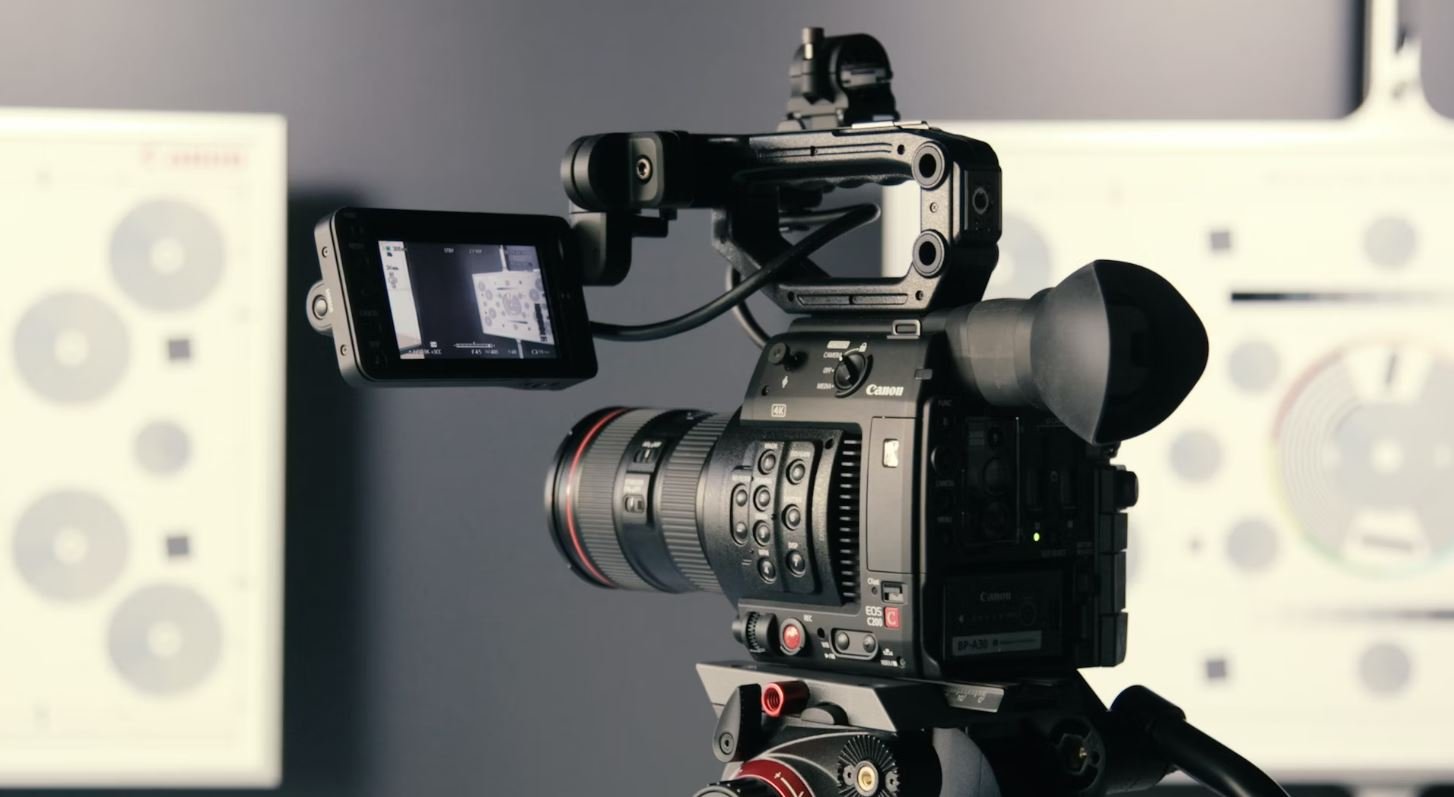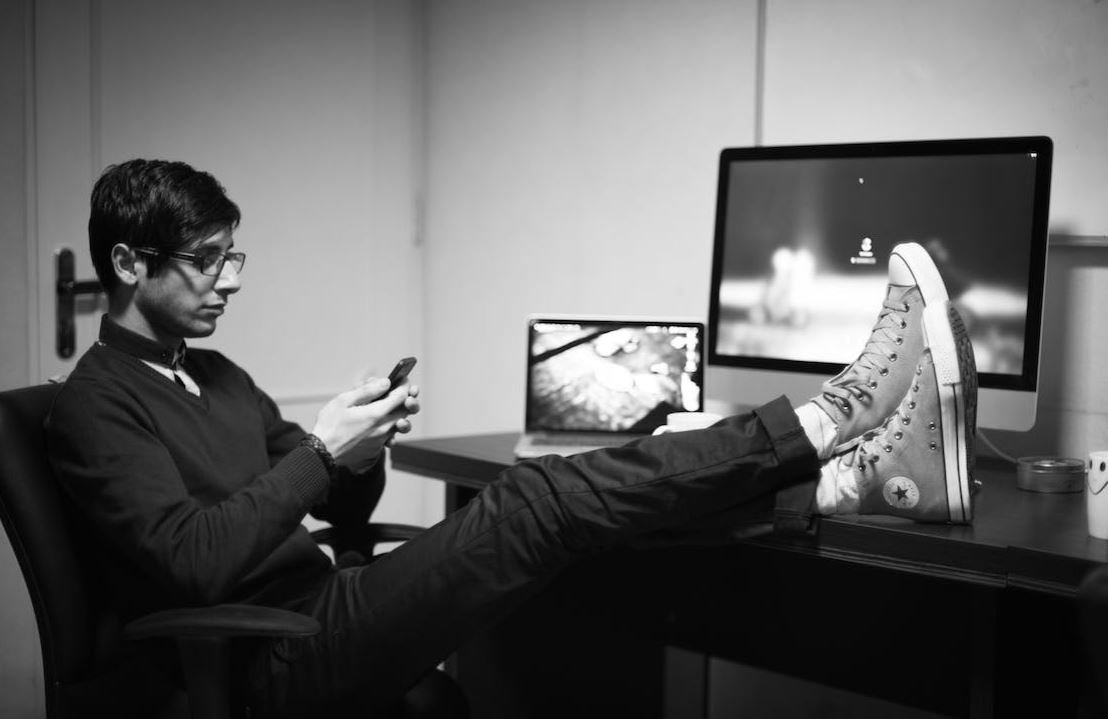Deepfake Online
Deepfakes, which are highly realistic manipulated videos or images that appear to be genuine, have become a growing concern as technology advances. As these deepfakes become more easily accessible and difficult to detect, it is essential to understand the implications and potential risks associated with their proliferation.
Key Takeaways
- Deepfakes are advanced manipulated videos or images that can deceive viewers.
- They can be detrimental to individuals, organizations, and society as a whole.
- As deepfake technology improves, it becomes increasingly challenging to distinguish between real and fake media.
- Protecting against deepfakes requires a combination of technological advancements and user awareness.
Understanding Deepfakes
**Deepfakes** use artificial intelligence and deep learning techniques to create highly convincing videos or images by swapping faces or altering content in a realistic manner. *These manipulations can involve replacing an individual’s face in existing footage, creating fictional scenarios, or even generating entirely fake personas based on existing data.*
The Implications
1. **Misinformation**: Deepfakes can be used to spread false information or manipulate public opinion, undermining trust in media and institutions.
2. **Privacy Concerns**: Deepfakes have the potential to violate privacy by superimposing someone’s face onto explicit or compromising material.
3. **Fraud and Extortion**: Deepfakes can be exploited for malicious purposes, such as impersonating someone for financial gain or blackmail.
Combating Deepfakes
1. **Technological Solutions**: Researchers and tech companies are developing advanced algorithms and tools to detect and counter deepfakes.
2. **User Awareness**: Educating individuals about the existence and risks of deepfakes can help them identify and critically evaluate suspicious media content.
3. **Regulation**: Governments and social media platforms are taking steps to address deepfake threats by implementing policies and guidelines.
Deepfake Effects by Industry
| Industry | Potential Impact |
|---|---|
| Politics | False videos and images can sway public opinion, disrupt campaigns, and damage reputations. |
| Entertainment | Deepfakes can be used to create unauthorized content involving celebrities, harming their image and potentially leading to legal issues. |
| Finance | Impersonation or manipulated financial reports can lead to fraud, market manipulation, and significant financial losses. |
Deepfake Detection Tools
| Tool | Key Features |
|---|---|
| DeepNude | AI-powered software that undresses individuals in photos with alarming accuracy, highlighting concerns over consent and privacy. *Note: DeepNude has been discontinued.* |
| DeepTrace | Advanced deepfake detection technology that combines AI and machine learning algorithms to identify manipulated videos and images. |
| Sensity AI | AI-based platform that automatically scans and detects deepfakes on social media platforms. |
The Future of Deepfakes
*As deepfake technology continues to evolve, it is crucial to stay vigilant and adapt countermeasures to this evolving threat landscape. Interdisciplinary collaboration and continuous research are necessary to combat the potential harms associated with deepfakes.*

Common Misconceptions
Paragraph 1:
One common misconception about deepfake is that it can only be used for negative purposes such as spreading misinformation or controversy. However, deepfake technology can also have positive applications, like in the entertainment industry for creating more realistic special effects.
- Deepfake technology can be used to enhance movie scenes and create more captivating visual effects.
- It can save time and resources in the film industry by reducing the need for extensive makeup and costume design.
- Deepfake can also enable actors to play younger or older versions of themselves without the need for complex makeup techniques.
Paragraph 2:
Another misconception is that deepfake videos are always easily detectable and distinguishable from real videos. While some deepfakes can be identified through careful scrutiny, there are also advanced deepfake algorithms that make it increasingly difficult to detect manipulated content.
- Advanced deepfake algorithms can create highly convincing and realistic videos that are challenging to differentiate from real ones.
- Deepfake technology is continuously improving and becoming more difficult to spot, raising concerns about the spread of disinformation.
- Deepfake detection techniques are constantly evolving, but they still struggle to keep up with the rapid advancements in deepfake generation.
Paragraph 3:
Many people believe that deepfake technology can be solely blamed for the dissemination of fake news and false information. While deepfakes can contribute to the spread of misinformation, it is essential to recognize that deepfake technology alone is not solely responsible.
- Deepfake videos are usually created for specific malicious purposes, but they rely on the active sharing and amplification by individuals as well.
- Concerns about deepfake technology should also address the underlying issues related to social media algorithms, online echo chambers, and the human tendency to share information without thorough verification.
- Raising awareness and promoting media literacy are crucial in combating the negative effects of deepfakes and fake news.
Paragraph 4:
One prevailing misconception is that deepfake technology only poses a threat to famous personalities, politicians, or public figures. However, deepfakes can also harm ordinary individuals by manipulating their images and videos without their consent.
- Deepfake technology can target anyone, not just high-profile individuals, which can lead to cyberbullying, harassment, and reputational damage.
- Ordinary individuals may be more vulnerable to deepfake attacks as their images and videos are often easily accessible and less regulated than those of public figures.
- The potential consequences of deepfakes can extend to personal relationships, employment opportunities, and even legal implications.
Paragraph 5:
Some people assume that deepfake technology is a recent development when, in fact, it has been evolving for years. Deepfakes first gained significant attention in the late 2010s, but the technology has been under development and research for more than a decade.
- Deepfake technology traces its roots back to academic research and development projects from the early 2000s.
- The emergence of deepfakes in the late 2010s was primarily driven by advancements in machine learning and accessible deep learning frameworks.
- As deepfake techniques become more accessible and user-friendly, the risk and impact of manipulated content are magnified.

How deepfake technology is advancing
Deepfake technology has been rapidly advancing in recent years, making it increasingly difficult to distinguish between real and fake media. While initially used in the entertainment industry, deepfake applications have extended to various sectors, posing significant challenges in ensuring truthfulness and authenticity. The following tables shed light on the various aspects and implications of deepfake technology.
1. Deepfake Usage Statistics
| Year | Number of Deepfake Videos |
|---|---|
| 2017 | 7,964 |
| 2018 | 14,678 |
| 2019 | 32,719 |
| 2020 | 99,237 |
The proliferation of deepfake videos has been on a steep rise. From just under 8,000 videos in 2017, the number soared to over 99,000 in 2020. This exponential growth raises concerns about the potential misuse and spread of deceptive content.
2. Deepfake Vulnerable Sectors
| Sector | Level of Vulnerability |
|---|---|
| Politics | High |
| News | High |
| Finance | Moderate |
| Justice System | Moderate |
Several sectors are particularly susceptible to the negative impacts of deepfake technology. Politics and news industries top the vulnerability index due to the potential for malicious manipulation and spreading of false information.
3. Distribution of Deepfake Content Sources
| Type | Percentage |
|---|---|
| Social Media | 55% |
| Video Sharing Platforms | 25% |
| Other Websites | 20% |
A significant portion of deepfake content originates from social media platforms, highlighting the urgent need for effective content moderation and detection systems. Additional sources include video-sharing platforms and various other websites.
4. Deepfake Detection Accuracy
| Technology | Accuracy |
|---|---|
| Machine Learning | 86% |
| Blockchain | 91% |
| Forensic Techniques | 75% |
Developing accurate deepfake detection technologies is crucial in combatting the spread of misleading content. Current methods, such as machine learning and blockchain-based solutions, achieve varying degrees of success in identifying deepfake media.
5. Deepfake Impact on Public Perception
| Response | Percentage |
|---|---|
| Trust in Media Decrease | 68% |
| Increased Skepticism | 75% |
| Confirmation Bias Strengthening | 83% |
Deepfakes have a detrimental effect on public perception, leading to decreased trust in media, increased skepticism towards online content, and the reinforcement of confirmation bias among individuals.
6. Legislations and Regulations on Deepfake
| Country | Regulatory Status |
|---|---|
| United States | No Specific Laws |
| China | Regulated |
| India | Proposed Bills |
| European Union | In Development |
The response to deepfake concerns varies across countries. While some nations, like China, have implemented specific regulations, others are in the process of developing legislation or have yet to address the issue directly.
7. Deepfake Applications by Industry
| Industry | Applications |
|---|---|
| Entertainment | Movie Special Effects |
| Advertising | Product Endorsements |
| Security | Biometric Security Weaknesses |
| Education | Language Learning |
Deepfakes find utility in various industries beyond entertainment. Advertising, security, and education sectors integrate the technology for purposes such as product endorsements, identifying security vulnerabilities, and enhancing language learning experiences.
8. Deepfake Production Costs
| Quality Level | Cost (in USD) |
|---|---|
| Low | 100-500 |
| Medium | 500-2,000 |
| High | 2,000-10,000 |
The production of deepfake content varies in cost depending on the desired quality level. Low-quality deepfakes can be generated for as little as $100, while high-quality productions can range up to $10,000 or more.
9. Deepfake Impact on Democracy
| Aspect | Affected Countries |
|---|---|
| Elections | 37% |
| Public Opinion | 51% |
| Political Debates | 43% |
Deepfake technology poses significant risks to democratic processes by potentially impacting elections, shaping public opinion, and distorting political debates in numerous countries globally.
10. Future Outlook on Deepfake Challenges
| Challenge | Potential Solutions |
|---|---|
| Advancing Deepfake Quality | Enhancing Detection Technologies |
| Spreading Misinformation | Combining AI and Human Moderation |
| Regulatory Framework | International Collaboration |
As deepfake technology continues to evolve, addressing the associated challenges requires a multi-faceted approach. Improving the quality of deepfakes necessitates advancements in detection technologies, combating misinformation requires a combination of artificial intelligence and human moderation, and regulatory frameworks require collaboration on an international scale.
Deepfake technology presents a formidable challenge in the era of digital information. The rapid growth and potential consequences necessitate immediate actions to mitigate risks and safeguard the authenticity and integrity of media. By understanding the extent of deepfake usage, vulnerable sectors, detection accuracy, and societal impact, proactive measures can be taken to ensure truthfulness in an increasingly complex online landscape.
Frequently Asked Questions
What are deepfakes?
A deepfake refers to an artificially manipulated video or audio that is created using deep learning algorithms. It involves replacing or superimposing someone’s face or voice onto another person’s body, creating a realistic but fake representation.
How are deepfakes created?
Deepfakes are created using deep learning techniques, specifically using Generative Adversarial Networks (GANs). These networks are trained on a large dataset of images or videos, allowing them to learn the facial features and expressions of a person. With this knowledge, deepfakes can generate new images or videos that appear to be authentic.
What are the potential dangers of deepfakes?
Deepfakes can pose significant risks, including the spread of misinformation, damage to personal and professional reputations, and potential for blackmail or exploitation. They can be used to create convincing fake news or malicious content that can greatly impact society.
How can I detect deepfakes?
Detecting deepfakes can be challenging, but there are some signs to look for. Common indicators include unnatural facial movements, distorted features, inconsistent lighting, and peculiar speech patterns. However, as deepfake technology improves, it becomes increasingly difficult to distinguish between real and fake content.
Are there any laws or regulations related to deepfakes?
While some countries have started implementing legislation to address the issues surrounding deepfakes, there is no comprehensive global legal framework in place yet. Laws differ across jurisdictions, but they generally aim to combat the malicious use of deepfakes, protect individuals’ privacy, and hold perpetrators accountable for their actions.
What can I do to protect myself from deepfakes?
To protect yourself from deepfakes, it is important to be cautious when consuming and sharing media online. Verify the authenticity of content from trusted sources, be skeptical of unusual or sensational claims, and fact-check information before sharing. Additionally, staying informed about the latest developments in deepfake detection tools can help safeguard against potential risks.
Can deepfake technology be used for positive purposes?
While deepfake technology has predominantly been associated with negative implications, it can also have positive applications. For example, it can be used in the film industry for special effects or in historical documentaries to bring long-deceased figures to life. However, it is crucial to use this technology responsibly and ethically.
What steps are being taken to combat deepfakes?
Various initiatives are underway to address the challenges posed by deepfakes. These include the development of advanced detection tools, collaborations between tech companies, and research efforts aimed at enhancing our understanding of deepfake technology. Additionally, raising awareness about the existence and risks of deepfakes is an important step in combating their negative impact.
Are there any organizations dedicated to combating deepfakes?
Yes, there are several organizations working towards combating deepfakes. Some notable examples include the Deepfake Detection Challenge (DFDC), an initiative by Facebook to accelerate the development of deepfake detection technologies, and the Partnership on AI, which focuses on ethical and responsible usage of artificial intelligence, including deepfakes.
Can machine learning algorithms be used to detect deepfakes?
Yes, machine learning algorithms are being developed specifically for deepfake detection. These algorithms analyze various aspects of an image or video to identify anomalies that are indicative of deepfake manipulation. However, as deepfake technology evolves, continuous research and improvements in detection algorithms are necessary to stay ahead of potential advancements.




